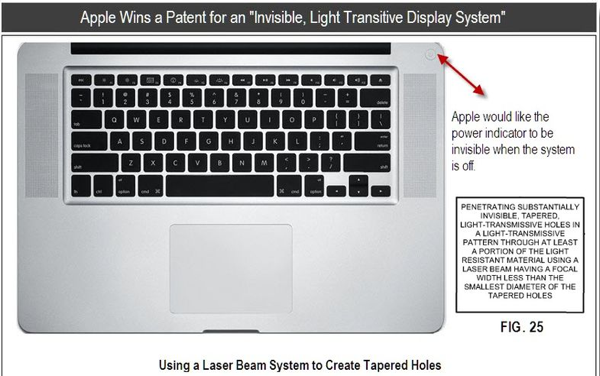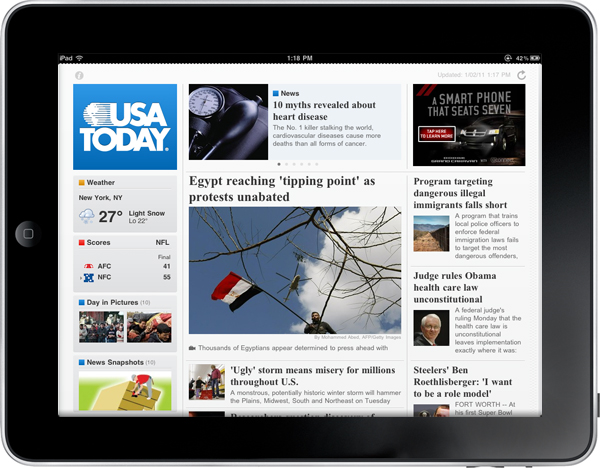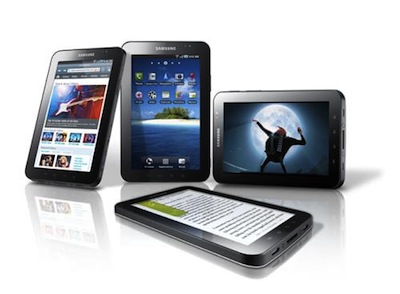Apple was today awarded a bunch of new patents (eighteen in total) and Patently Apple has covered those that were most important and one of those is particularly interesting to us at MacStories. The patent surrounds an invisible ‘light-transmissive’ display system that would allow Apple to craft a piece of aluminum and through manufacturing techniques, illuminate something such as a logo through the metal.
The process that Apple has patented involves thinning out the aluminum in the required area and then using a specific laser beam setup that drills microscopic holes in specific designs to create the shape that would be illuminated.
What this patent could allow for is an even more invisible sleep indicator light (that light that pulses when your MacBook is sleeping), a power button that is flush with the rest of the MacBook and even a glowing Apple logo on the back of iPhones and iPads.
[Via Patently Apple]










